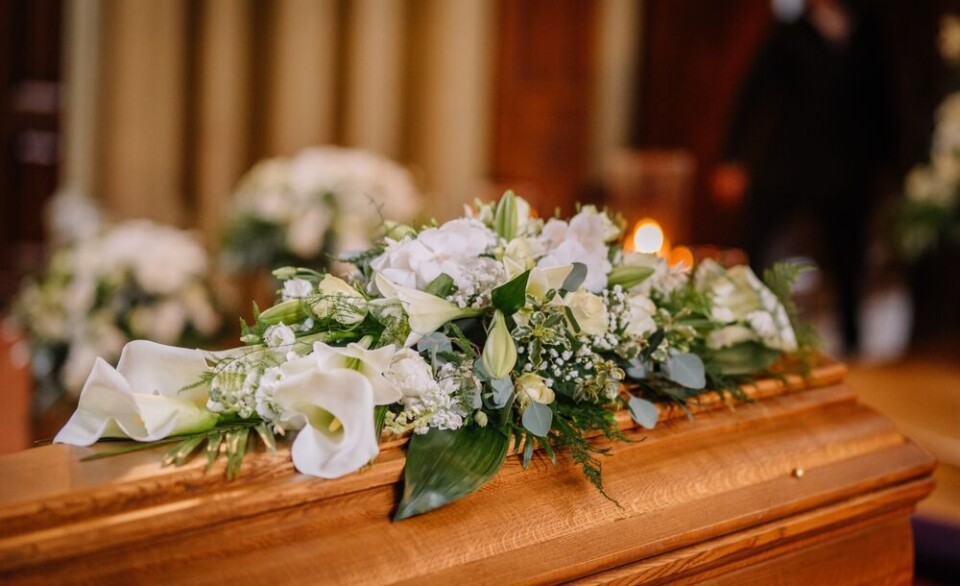-
Drinking tap water restricted for children in south-west France communes
Haute Garonne prefecture says the measure is precautionary and due to high chlorate levels
-
‘Trustworthy’ media label idea from Macron causes political storm in France
Comments prompted fierce political backlash from right but government insists it was taken out of context
-
French prime minister faces fresh problems to pass a 2026 budget
MPs continue to argue over budget but alternative measures could possibly see government toppled
Rare white truffle given origin certificate in Paris
An exclusive white truffle has been given its own “certificate of origin” and precise traceability information for the first time, by high-end Parisian truffle restaurant and deli group La Maison de la Truffe.

The white Alba truffle - the tuber magnatum pico - comes from Alba, in Piedmont, Italy; and sells for between €2,000 and €6,000 per kilo, depending on size, quality, and demand.
But while an official Alba truffle comes only from a specific Piedmont region, the variety has so far not received a European Union official appellation d’origine protégée (AOP) designation.
This means that truffles from other parts of Italy and even Europe can technically be labelled as “Alba”.
Because of this, La Maison de la Truffe in Paris has joined forces with an Alba specialist distributor to create its own exclusive “certificate of origin and quality”.
Family-run company Tartuflanghe, which is located near the town of Alba itself, sells fresh truffles and truffle-based products to high-end chefs and delicatessens across the world.
In Paris, it supplies them to La Maison de la Truffe.
Now, buyers at La Maison de la Truffe - such as its high-end establishments Madeleine, Marbeuf, la Grande Épicerie and at Galeries Lafayette Gourmet - will be able to ensure its Alba truffles are of guaranteed quality; with each one numbered, catalogued, and given its own QR code.
This allows readers to see a video on their smartphone - filmed by a drone - showing the exact location in which the truffle was found. This allows customers to be assured of the truffle’s quality as a genuine Alba.
Visited La Maison de la Truffe, on our final night in Paris for an extravagant truffle dinner. Our favourite was the asparagus entree with summer truffle. We finished the meal with truffle ice cream! #truffle #foodblog #travelblog #lamaisondelatruffe #paris #truffleheaven #france pic.twitter.com/yJy9pl86rk
— The Hatted Traveller (@hattedtraveller) September 13, 2018
Tartuflanghe also works with the local community to ensure that the truffles continue to grow in the region. As well as caring for local truffle patches - including pruning nearby trees - it has also worked with the Universities of Turin and Padua to ensure consistently good truffle-growing conditions.
It also works with over 300 local hunters - many of whom are older farmers or local retired people who have long-held knowledge of the woods.
In Italy, truffles are usually sniffed out by dogs, as opposed to the pigs habitually used in France.
Paolo Montanaro, co-director Tartuflanghe, said: “[The finders] are the ones who set the price. We work to buy everything that they bring us.”
Once the truffles are found, they are washed to remove 80% of the dirt, and then brushed by hand, before being sorted. The fresh crop must be eaten within eight days of being picked, with smaller or damaged pieces being bottled, liquidised or used in oil, salt, honey, butter, or mayonnaise.
In contrast to 2017, 2018 is being seen as a good year. Prices are at a 10-year low due to high rainfall allowing mushrooms in the prized regions to develop well.
Stay informed:
Sign up to our free weekly e-newsletter
Subscribe to access all our online articles and receive our printed monthly newspaper The Connexion at your home. News analysis, features and practical help for English-speakers in France
























